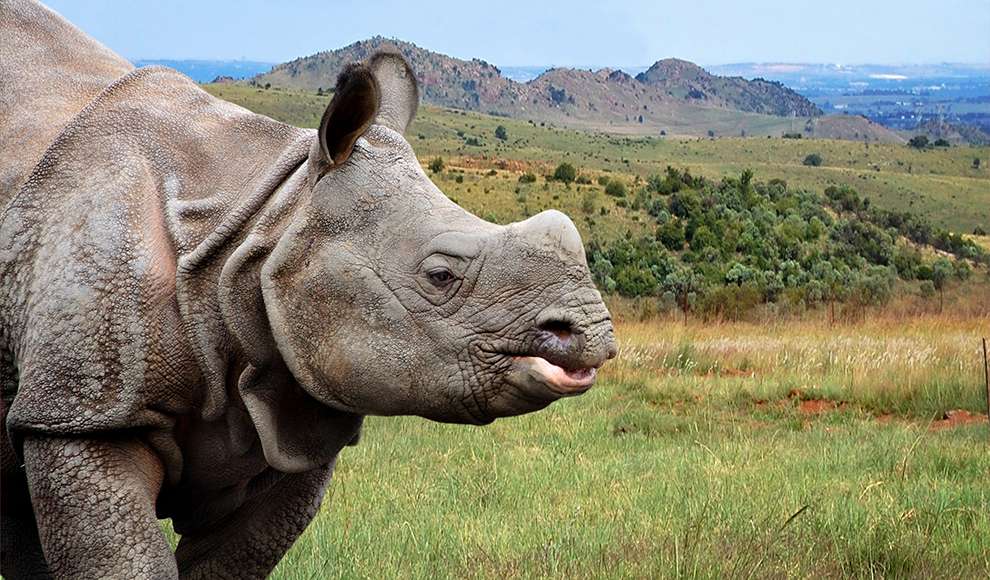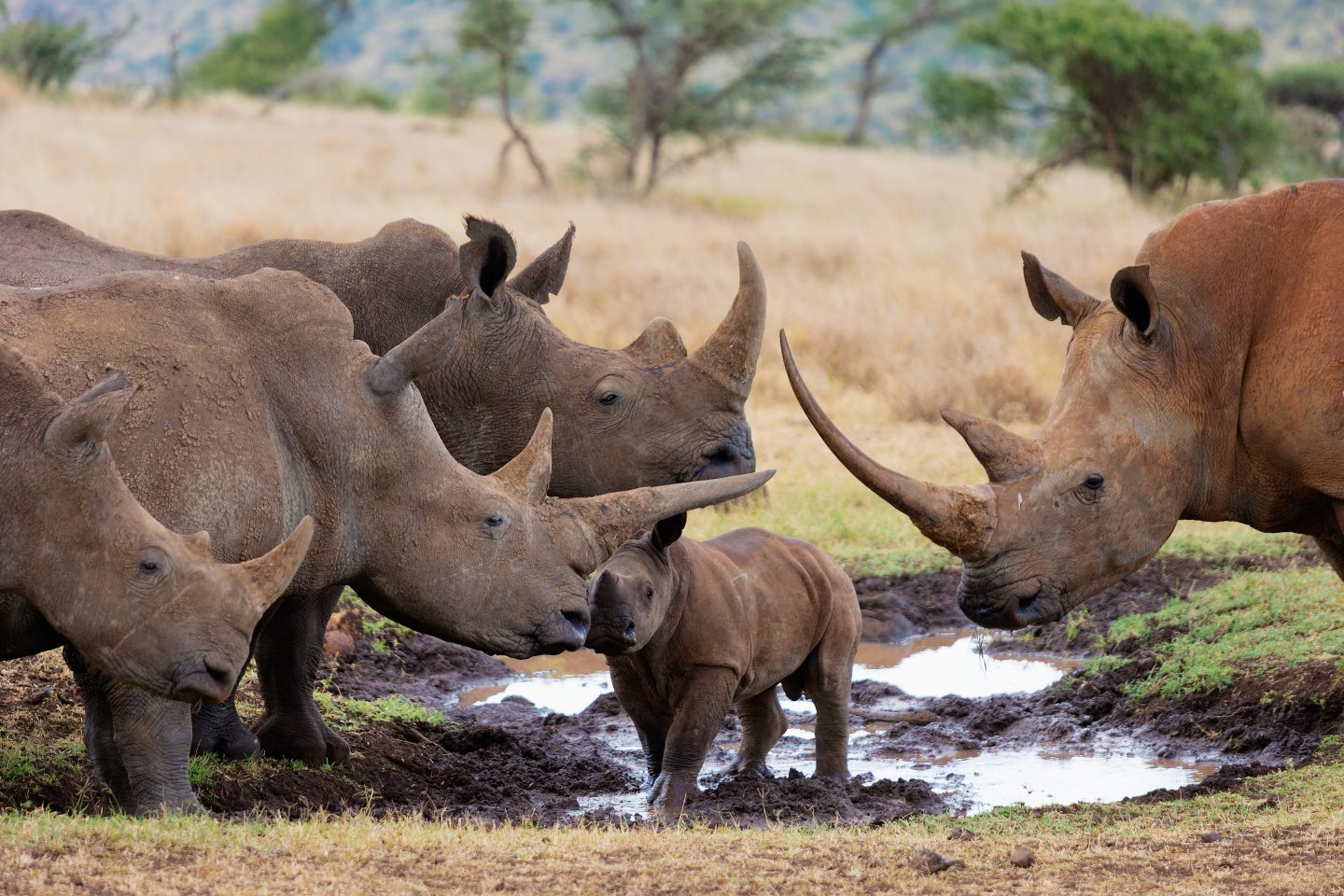Introduction
The Javan rhinoceros (Rhinoceros sondaicus), also known as the Sunda rhinoceros or lesser one-horned rhinoceros, is one of the rarest and most endangered large mammals on the planet. Once widespread across Southeast Asia, this elusive species is now confined to a single protected area in Indonesia. The survival of the Javan rhinoceros is a critical concern for conservationists worldwide.

Physical Characteristics
The Javan rhinoceros is smaller than its African relatives, standing about 5.2 to 5.8 feet tall at the shoulder and weighing between 1,984 and 5,071 pounds. Unlike other rhino species, both males and females have only one horn, which is significantly smaller than those of other rhino species, typically measuring less than 10 inches. Their skin is gray and forms loose folds, giving them an armor-plated appearance.

Habitat and Distribution
Historically, the Javan rhinoceros roamed throughout Java, Sumatra, the Malay Peninsula, and other parts of Southeast Asia. Today, they are found exclusively in Ujung Kulon National Park on the western tip of Java, Indonesia. This UNESCO World Heritage site provides the dense rainforest, freshwater rivers, and mud wallows essential for their survival.

Diet and Feeding Behavior
Javan rhinos are herbivores, feeding on a variety of leaves, shoots, fruits, and twigs. They are browsers rather than grazers, preferring the lush vegetation found in dense tropical forests. Their diet helps shape the structure of their habitat, as their browsing behavior promotes plant diversity and forest regeneration.

Breeding and Lifespan
Little is known about the reproductive behavior of Javan rhinos due to their elusive nature. Females reach sexual maturity at around 3 to 4 years of age, while males mature at about 6 years. The gestation period is approximately 16 months, with females typically giving birth to a single calf every 3 to 5 years. In the wild, Javan rhinos can live up to 30 to 45 years.

Conservation Status
The Javan rhinoceros is classified as Critically Endangered on the IUCN Red List, with an estimated population of only about 75 individuals remaining. The primary threats to their survival include habitat loss, poaching, and natural disasters. Conservation efforts are concentrated on habitat protection, anti-poaching patrols, and monitoring the remaining population to prevent disease outbreaks and ensure genetic diversity.

Conservation Efforts and Challenges
Ujung Kulon National Park is heavily guarded to protect the remaining Javan rhinos from poachers. Conservationists use camera traps, fecal DNA analysis, and other non-invasive methods to monitor the population and study their behavior. Efforts are also underway to expand their habitat within the park and to explore potential relocation sites to establish a second population, which would reduce the risk of extinction from localized threats such as volcanic eruptions or disease.

Cultural Significance
In local folklore, the Javan rhinoceros is often seen as a symbol of strength and resilience. Historically, the rhinoceros horn was highly valued in traditional medicine, contributing to their decline due to poaching. Today, the Javan rhino’s plight is a poignant reminder of the need to balance human development with wildlife conservation.
Conclusion
The Javan rhinoceros stands as a beacon of biodiversity and a testament to the urgent need for conservation efforts. Protecting this majestic species from extinction is not only crucial for maintaining ecological balance but also serves as a broader symbol of our commitment to preserving the natural world. Through dedicated conservation initiatives and global awareness, we can strive to ensure that future generations will witness the survival and potential recovery of the Javan rhinoceros.





